The Anglo-Saxons, Vikings & the Normans
Many teachers will be familiar with aspects of these societies from earlier versions of the National Curriculum. The Curriculum 2014 introduced new areas such as the relations with the Scots and the continuity with the Normans. These societies have often proved popular with plenty of interesting sources including archaeology and artefacts. This is a crucial area of study with children given an opportunity to learn about the origins of so much of the United Kingdom. There is plenty of scope for a range of fascinating historical investigations using a range of key historical concepts.
Sort by:
Date (Newest first) | Title A-Z
Show:
All |
Articles |
Podcasts |
Multipage Articles
-

The Coronation
ArticleClick to view -
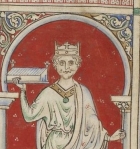
The Normans
Multipage ArticleClick to view -

The Vikings - Primary E-CPD
Multipage ArticleClick to view -

The Vikings in Britain
ArticleClick to view -
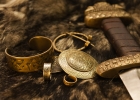
The Vikings in Britain: a brief history
ArticleClick to view -

The Vikings: ruthless killers or peaceful settlers?
ArticleClick to view -
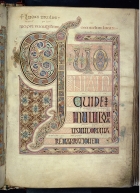
The gall nuts and lapis trail
ArticleClick to view -
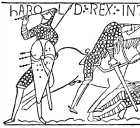
The strange death of King Harold II: Propaganda and the problem of legitimacy in the aftermath of the Battle of Hastings
ArticleClick to view -

Using the back cover image: Sandbach Crosses - an Anglo-Saxon market cross
ArticleClick to view -

Viking and Anglo-Saxon struggle for the kingdom of England
ArticleClick to view -

Viking traders
ArticleClick to view -
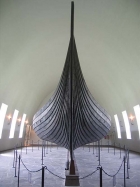
Viking travel
ArticleClick to view -
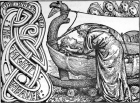
Vikings: Egils Saga
ArticleClick to view -
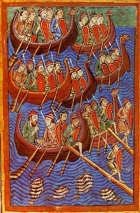
Vikings: who were they?
ArticleClick to view -

What can you tell about the Vikings from a chess piece?
ArticleClick to view -

What makes good primary history?
ArticleClick to view

